With more than 6 million souls, the Hazara tribe is the third-largest ethnic group in Afghanistan. Most of them live in what is known as Hazarajat, in central Afghanistan. They are also found in Kabul and in Quetta, in neighboring Pakistan.
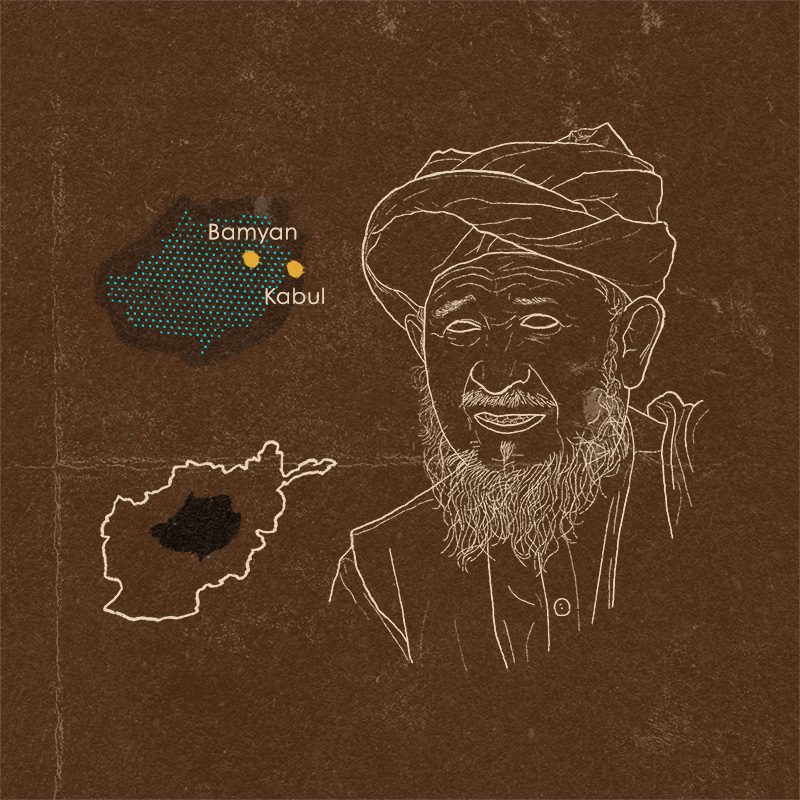
Location of the Hazara people in the territory of Afghanistan.
The origins of the Hazara people of Afghanistan are unclear to this date. Most anthropologists and historians talk about nomadic tribes from Siberia that migrated to this part of Central Asia hundreds of years ago and settled. Another theory says that the Hazara are descendants of the troops that Gengis Khan brought to the region in the 13th Century during his military expansion along Asia. In any case, they stand out among other Afghan tribes for their clear Mongoloid features that connect them to people living today in the Far East.

Most of the 6 million Hazara are agriculturalists and pastoralists living in rural areas. In the bigger towns, they engage in commerce, and some (mainly women) work in the making of decorated carpets and other decorative artisan products.
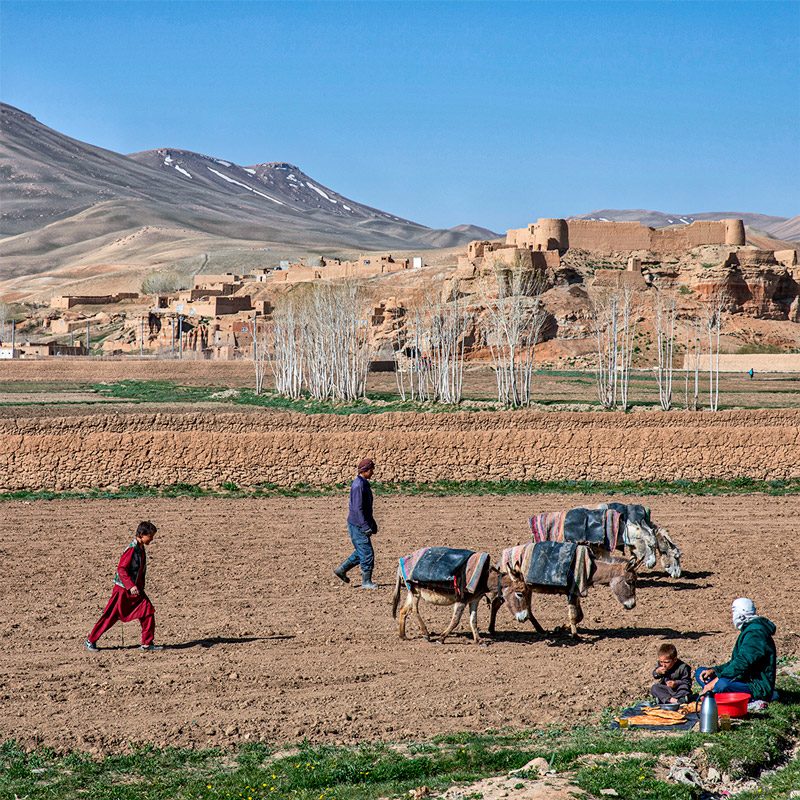
Do you want to meet the Hazara people of Afghanistan?
Join Jorge Fernández on his next trip to Pakistan and Afghanistan from 1 to 14 November 2024, where you will have the opportunity to meet the Hazara people. Click here for all the details of the trip.
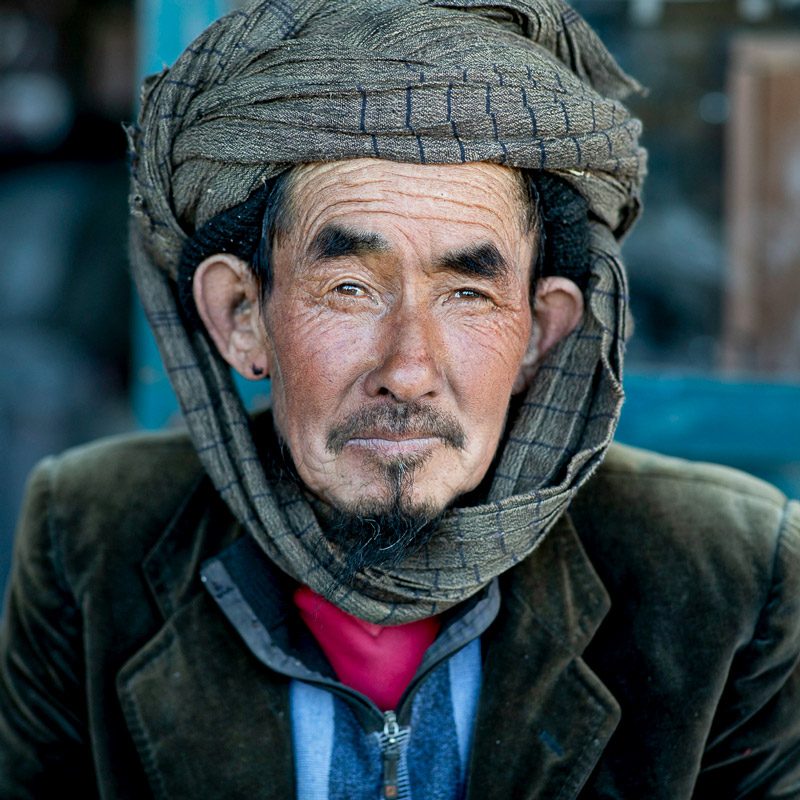
In religious terms, the Hazara also differ from the majority of Afghans, professing the Shia wing of Islam. These religious practices, together with their Mongoloid features, have made them the center of attack by other tribes such as the Pashtun and the Tajik. This racist and fanatic attitude towards the Hazara goes back to the early 19th century, when the Afghan king, a Pashtun himself, forced many Hazara families out of their original territory and forced them to convert to Sunni islam. Many families fled to neighboring countries. Mainly to British India (today Pakistan) and the Persian Empire (today Iran). The Hazara have a close relationship with Iran since their language is a Persian dialect.

Challenges
In the last decades, many Hazara have also suffered during the Taliban regime. Hundreds of families still reside in caves (mainly man-made caves once occupied by Buddhist monks) because their original villages were destroyed and their lands were occupied by Tajik and Pashtun farmers and shepherds.
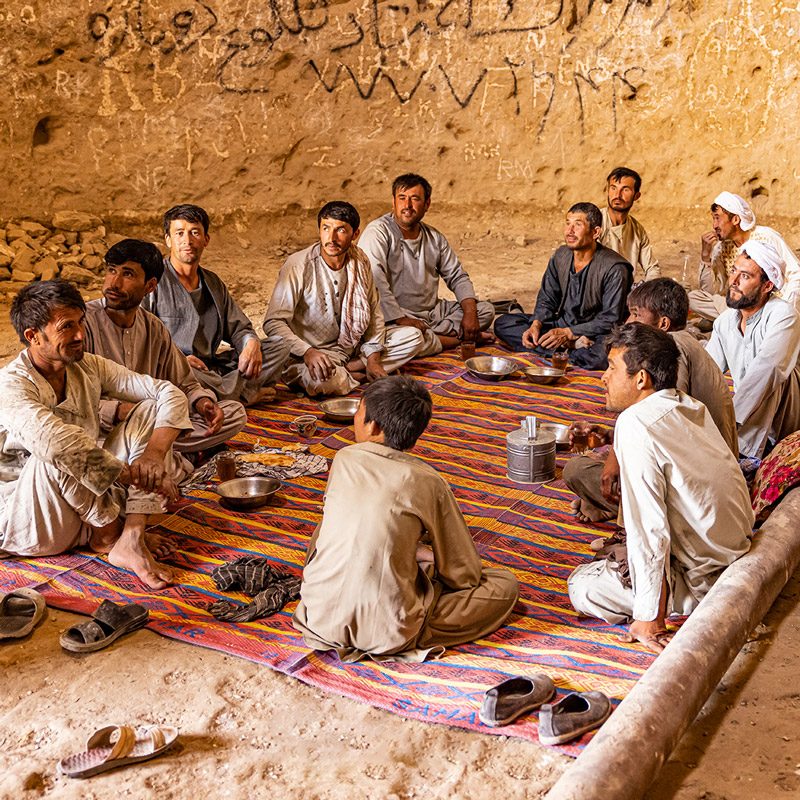
Despite the marginalization and abuse, to this day, many young Hazara have been able to find their way and have lucrative businesses, and many are teachers.
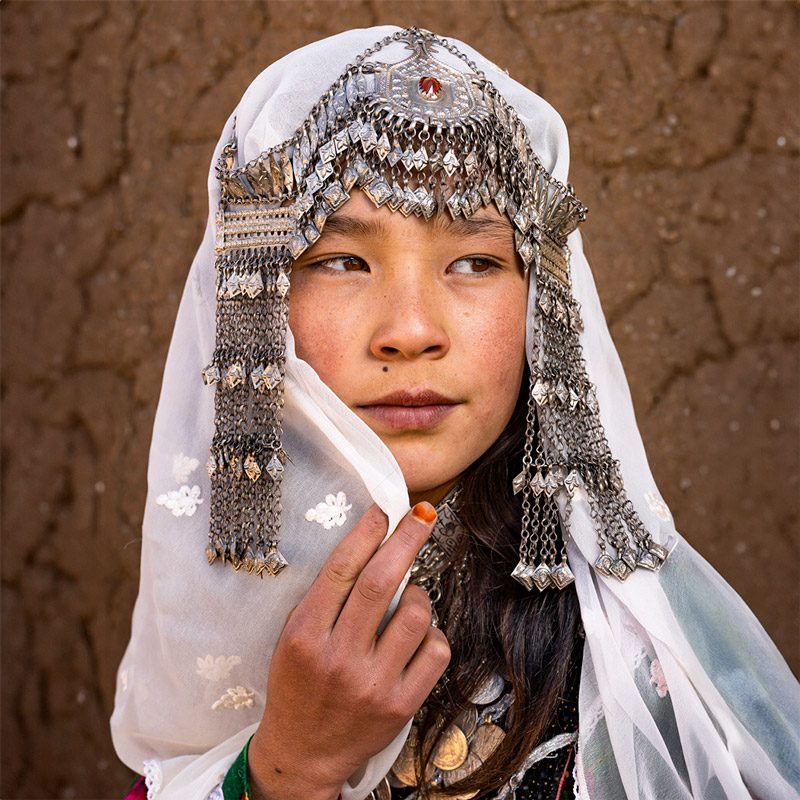
At Last Places we mainly work with Hazara during our ethnographic and cultural trips in Afghanistan. We are opening new routes in the little known region of Hazarajat to admire their beautiful villages, environment and to empower their threatened culture.
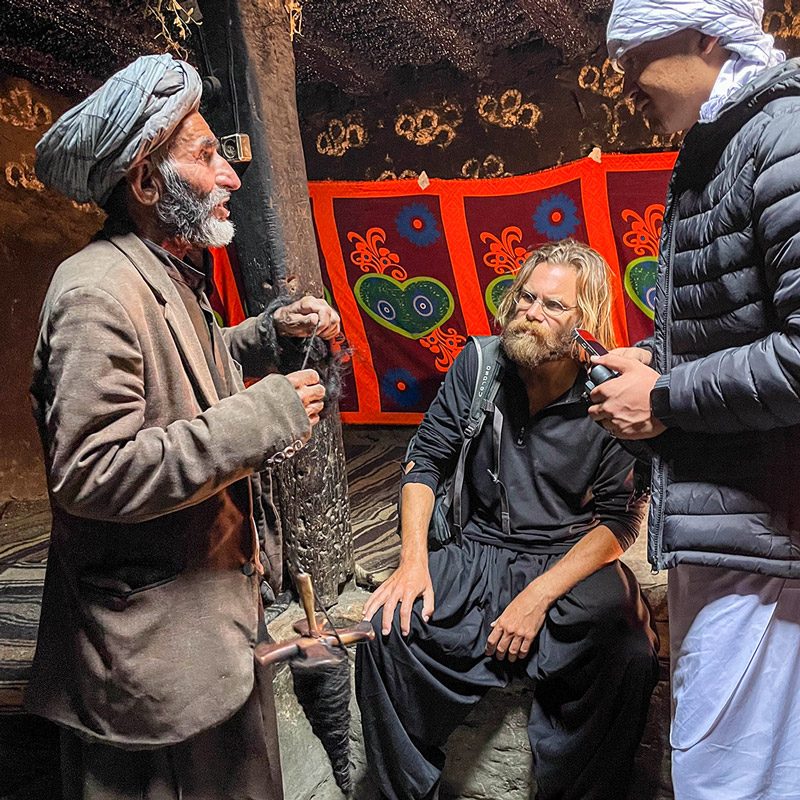
© Photos by Edith Scharffenberg, Jordi Zaragozà Anglès and Xavi de las Heras taken during a trip to Afghanistan.
